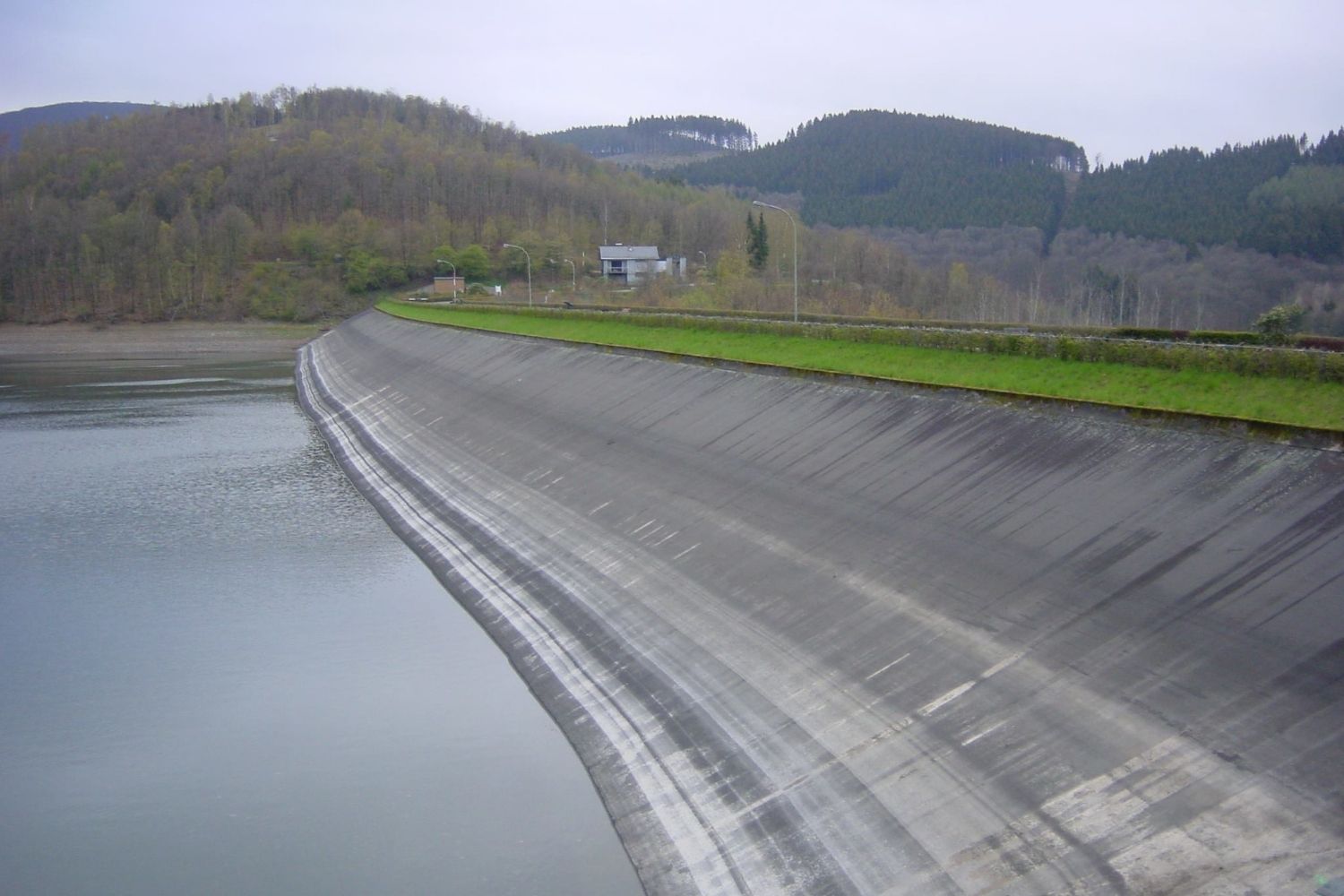
What is an embankment? An embankment is a raised structure made of earth, stone, or other materials, designed to hold back water or support a roadway or railway. These structures are crucial for flood control, transportation, and land reclamation. Why are embankments important? They prevent flooding by acting as barriers, protect infrastructure, and create usable land in areas prone to waterlogging. How are embankments constructed? Engineers use layers of soil, rock, and sometimes synthetic materials to build them, ensuring stability and durability. What are the challenges? Maintaining embankments involves regular inspections, repairs, and sometimes upgrading materials to withstand natural wear and tear. Understanding these basics helps appreciate the role embankments play in our daily lives.
What is an Embankment?
An embankment is a raised structure made of earth or stone, built to hold back water or support a roadway. These structures play a crucial role in flood control, transportation, and land reclamation.
- Ancient Origins: Embankments date back to ancient civilizations like Mesopotamia and Egypt, where they were used to control river flooding.
- Great Wall of China: Part of the Great Wall of China functions as an embankment, protecting against invasions and floods.
- Levees: In the United States, levees are a type of embankment used to prevent river flooding, especially along the Mississippi River.
- Dutch Expertise: The Netherlands is famous for its advanced embankment systems, which protect the low-lying country from the sea.
- Railway Embankments: Railways often use embankments to elevate tracks above flood-prone areas, ensuring safe travel.
Types of Embankments
Embankments come in various forms, each serving different purposes. Understanding these types helps appreciate their versatility.
- Earth Embankments: Made from compacted soil, these are common in road and railway construction.
- Rockfill Embankments: Constructed using rocks, these are more stable and used in dam construction.
- Concrete Embankments: Often seen in urban areas, these provide strong, durable flood protection.
- Sand Embankments: Used in coastal areas to prevent erosion and protect against storm surges.
- Vegetated Embankments: Covered with plants, these help reduce erosion and improve environmental aesthetics.
Importance of Embankments
Embankments play a vital role in various sectors, from agriculture to urban planning. Their significance cannot be overstated.
- Flood Control: Embankments prevent rivers from overflowing, protecting communities and farmland.
- Transportation: Roads and railways use embankments to maintain a level path over uneven terrain.
- Land Reclamation: In coastal areas, embankments help reclaim land from the sea for agriculture and development.
- Water Storage: Dams use embankments to create reservoirs, ensuring a steady water supply.
- Environmental Protection: Vegetated embankments reduce soil erosion and provide habitats for wildlife.
Famous Embankments Around the World
Some embankments have gained fame due to their size, engineering, or historical significance. These structures are marvels of human ingenuity.
- Thames Embankment: In London, this embankment protects the city from the River Thames and provides a scenic walkway.
- Hoover Dam: This massive structure on the Colorado River uses an embankment to create Lake Mead, a crucial water source.
- Three Gorges Dam: Located in China, this dam's embankment is the world's largest, generating hydroelectric power.
- Delta Works: In the Netherlands, this series of embankments and barriers protects the country from the North Sea.
- Aswan High Dam: Egypt's Nile River is controlled by this dam's embankment, which also generates electricity.
Challenges and Maintenance
Building and maintaining embankments come with challenges. Regular upkeep ensures their effectiveness and longevity.
- Erosion: Water and wind can erode embankments, requiring constant monitoring and repair.
- Seepage: Water can seep through embankments, weakening their structure. Engineers use various methods to prevent this.
- Vegetation Management: Plants can both stabilize and destabilize embankments, so careful management is needed.
- Climate Change: Rising sea levels and increased rainfall pose new challenges for embankment design and maintenance.
- Human Activity: Construction and agriculture near embankments can affect their stability, necessitating careful planning and regulation.
Final Thoughts on Embankment
Embankments, those raised structures along rivers and coasts, play a crucial role in flood control and land reclamation. They protect communities from flooding, support agriculture, and even serve as transportation routes. These structures have a rich history, dating back to ancient civilizations like Mesopotamia and Egypt. Modern embankments incorporate advanced engineering techniques, ensuring they withstand harsh weather conditions and rising sea levels.
Understanding embankments helps us appreciate their importance in our daily lives. They safeguard homes, livelihoods, and ecosystems. As climate change continues to impact our world, maintaining and improving these structures becomes even more vital. So next time you see an embankment, remember the hard work and ingenuity behind it. These unsung heroes of infrastructure deserve recognition for their role in keeping us safe and dry.
Was this page helpful?
Our commitment to delivering trustworthy and engaging content is at the heart of what we do. Each fact on our site is contributed by real users like you, bringing a wealth of diverse insights and information. To ensure the highest standards of accuracy and reliability, our dedicated editors meticulously review each submission. This process guarantees that the facts we share are not only fascinating but also credible. Trust in our commitment to quality and authenticity as you explore and learn with us.
